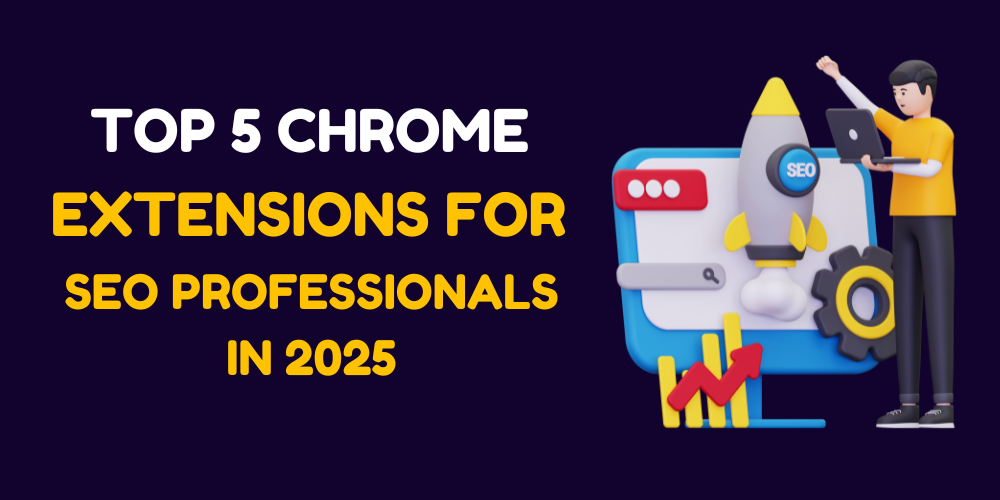How to Optimize for Keywords with High Purchase Intent
In the world of SEO, not all keywords are created equal. While some keywords are great for driving traffic, others are better suited for driving conversions. Keywords with high purchase intent are those that indicate a user is ready to make a purchase or take a specific action. Optimizing for these keywords can significantly boost your conversion rates and improve your bottom line.
As we move into 2025, the competition for high-intent keywords will only intensify. In this guide, we’ll explore how to identify and optimize for keywords with high purchase intent, offering actionable strategies to help you drive more conversions and improve your SEO rankings.
What Are Keywords with High Purchase Intent?
Keywords with high purchase intent are those that indicate a user is ready to make a purchase or complete a specific action. These keywords often include words like “buy,” “order,” “discount,” or “deal.”
Examples of High-Purchase-Intent Keywords:
- “Buy iPhone 15 online”
- “Order pizza delivery”
- “Discount hotel bookings”
Why They Matter:
- Higher Conversion Rates: Users searching with high-purchase-intent keywords are more likely to convert.
- Increased Revenue: Optimizing for these keywords can directly impact your revenue.
- Better ROI: High-intent keywords often provide a better return on investment (ROI) for your SEO efforts.
In 2025, as e-commerce continues to grow, optimizing for high-purchase-intent keywords will be more important than ever.
How to Identify Keywords with High Purchase Intent
The first step in optimizing for high-purchase-intent keywords is identifying them. Here’s how to do it:
1. Use Keyword Research Tools
AI-powered keyword research tools can help you identify high-purchase-intent keywords.
Tools to Use:
- Ahrefs: Provides keyword difficulty and search volume analysis.
- SEMrush: Offers keyword recommendations and intent categorization.
- Google Keyword Planner: Identifies keywords with high commercial intent.
Example:
If you run an e-commerce store, a tool like SEMrush might suggest keywords like “buy running shoes online” or “order gym equipment.”
2. Analyze Search Engine Results Pages (SERPs)
The SERPs provide valuable clues about the intent behind a keyword.
What to Look For:
- Shopping Ads: Indicates high commercial intent.
- Product Listings: Suggests transactional intent.
- Review Sites: Indicates commercial or transactional intent.
Example:
If you search for “best laptops for gaming,” the SERPs might show product listings and reviews, indicating high purchase intent.
3. Monitor Customer Behavior
Understanding your customers’ behavior can help you identify high-purchase-intent keywords.
How to Monitor:
- Analyze Analytics: Use tools like Google Analytics to see which pages are driving the most conversions.
- Review Search Queries: Look at the search queries that lead to conversions on your website.
- Conduct Surveys: Ask your customers what keywords they used to find your products or services.
Example:
If you notice that many customers are converting after searching for “discount running shoes,” this is a high-purchase-intent keyword to target.
How to Optimize for Keywords with High Purchase Intent
Once you’ve identified high-purchase-intent keywords, the next step is to optimize your content accordingly. Here’s how to do it:
1. Create Product Pages That Convert
Product pages are a key element of optimizing for high-purchase-intent keywords.
How to Optimize Product Pages:
- Use Clear CTAs: Include prominent calls-to-action (CTAs) like “Buy Now” or “Add to Cart.”
- Highlight Benefits: Clearly explain the benefits of your product.
- Include Reviews: Add customer reviews and ratings to build trust.
Example:
For the keyword “buy iPhone 15 online,” create a product page that highlights the iPhone 15’s features, includes customer reviews, and has a clear “Buy Now” button.
2. Optimize Landing Pages
Landing pages are designed to drive conversions and are ideal for high-purchase-intent keywords.
How to Optimize Landing Pages:
- Focus on a Single Goal: Design the page around a single conversion goal, such as making a purchase or signing up for a service.
- Use Persuasive Copy: Write compelling copy that highlights the benefits of your offer.
- Include Trust Signals: Add trust signals like testimonials, security badges, and money-back guarantees.
Example:
For the keyword “order pizza delivery,” create a landing page with a clear headline, persuasive copy, and a simple order form.
3. Use Keywords in Meta Tags
Including high-purchase-intent keywords in your meta tags can improve your click-through rates (CTR).
How to Optimize Meta Tags:
- Meta Title: Include your target keyword in the title tag.
- Meta Description: Write a compelling meta description that includes your keyword and a CTA.
Example:
For the keyword “discount hotel bookings,” use a meta title like “Book Discount Hotel Bookings Online – Save Up to 50%!”
4. Leverage Paid Search Ads
Paid search ads can help you capture high-purchase-intent traffic quickly.
How to Use Paid Search Ads:
- Target High-Intent Keywords: Use high-purchase-intent keywords in your ad campaigns.
- Create Compelling Ad Copy: Write ad copy that highlights your offer and includes a CTA.
- Optimize Landing Pages: Ensure your landing pages are optimized for conversions.
Example:
For the keyword “buy running shoes online,” create a Google Ads campaign with ad copy like “Shop the Best Running Shoes Online – Free Shipping!”
5. Optimize for Mobile
Many high-purchase-intent searches occur on mobile devices, so optimizing for mobile is crucial.
How to Optimize for Mobile:
- Use Responsive Design: Ensure your website is mobile-friendly.
- Simplify Navigation: Make it easy for users to find what they’re looking for.
- Optimize Page Speed: Ensure your pages load quickly on mobile devices.
Example:
For the keyword “order pizza delivery,” ensure your mobile site has a simple navigation menu and a fast-loading order form.
Tools to Help You Optimize for High-Purchase-Intent Keywords
Here are some tools to help you optimize for high-purchase-intent keywords:
1. Ahrefs
- Analyze keyword difficulty and search volume to identify high-purchase-intent keywords.
2. SEMrush
- Provides keyword recommendations and intent categorization.
3. Google Analytics
- Tracks user behavior and identifies high-converting keywords.
4. Google Ads
- Helps you create paid search campaigns targeting high-purchase-intent keywords.
5. Hotjar
- Provides heatmaps and user recordings to optimize landing pages for conversions.
Common Mistakes to Avoid
Avoid these pitfalls when optimizing for high-purchase-intent keywords:
1. Ignoring User Intent
- Failing to align your content with user intent can result in missed opportunities.
2. Over-Optimizing for Keywords
- Focusing too much on keywords can lead to unnatural content that doesn’t meet user needs.
3. Neglecting Content Quality
- High-quality content is essential for driving conversions and improving rankings.
4. Not Testing and Iterating
- Regularly test and optimize your pages to improve conversion rates.
Optimizing for keywords with high purchase intent is a powerful way to boost conversions and improve your SEO rankings. By identifying high-intent keywords, creating optimized product and landing pages, and leveraging paid search ads, you can drive more revenue and achieve your business goals.
As we move into 2025, staying ahead of the curve will require a combination of AI-driven insights, strategic content creation, and ongoing optimization. Start optimizing for high-purchase-intent keywords today, and watch your website climb the search rankings while driving more conversions.




